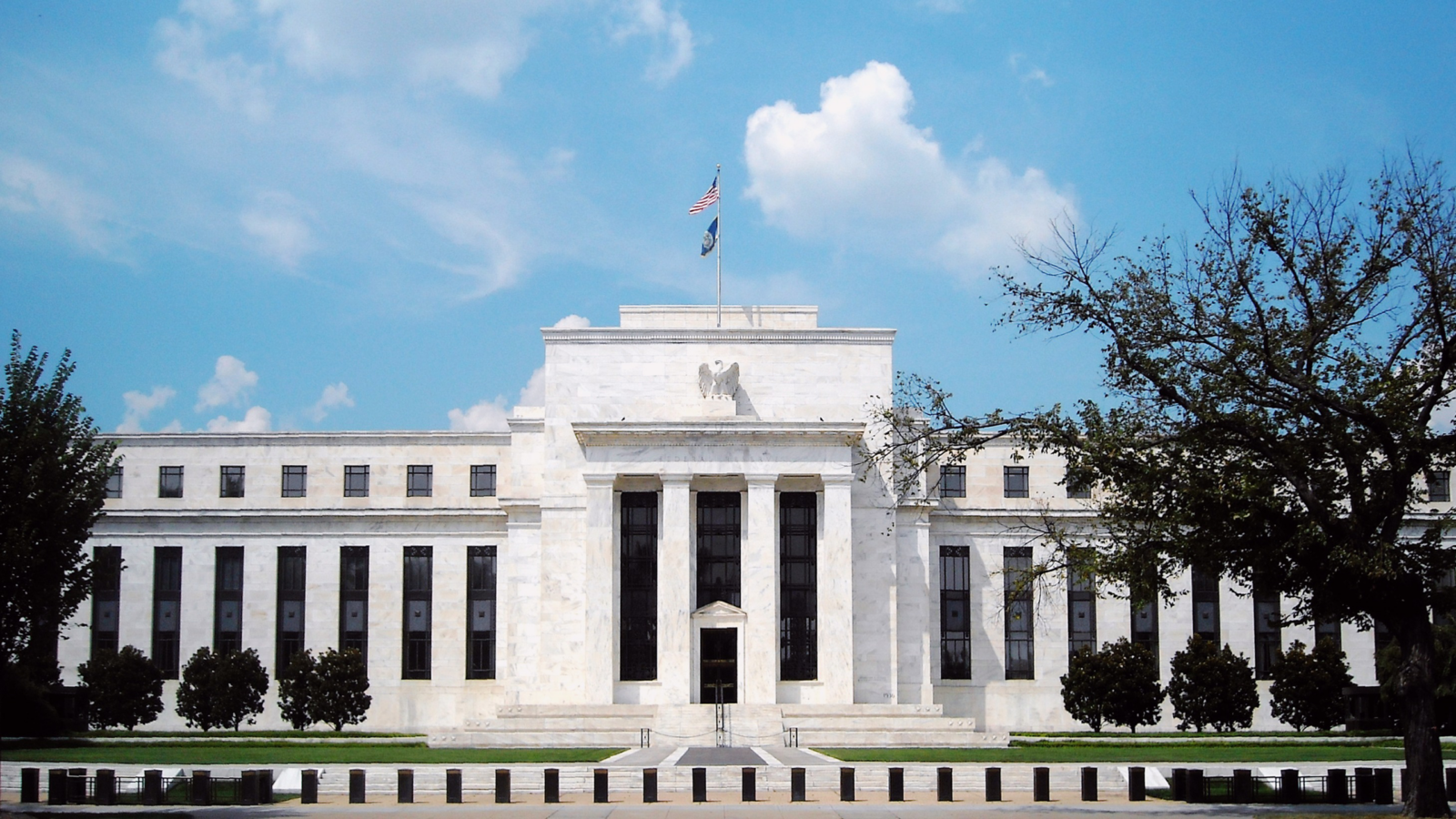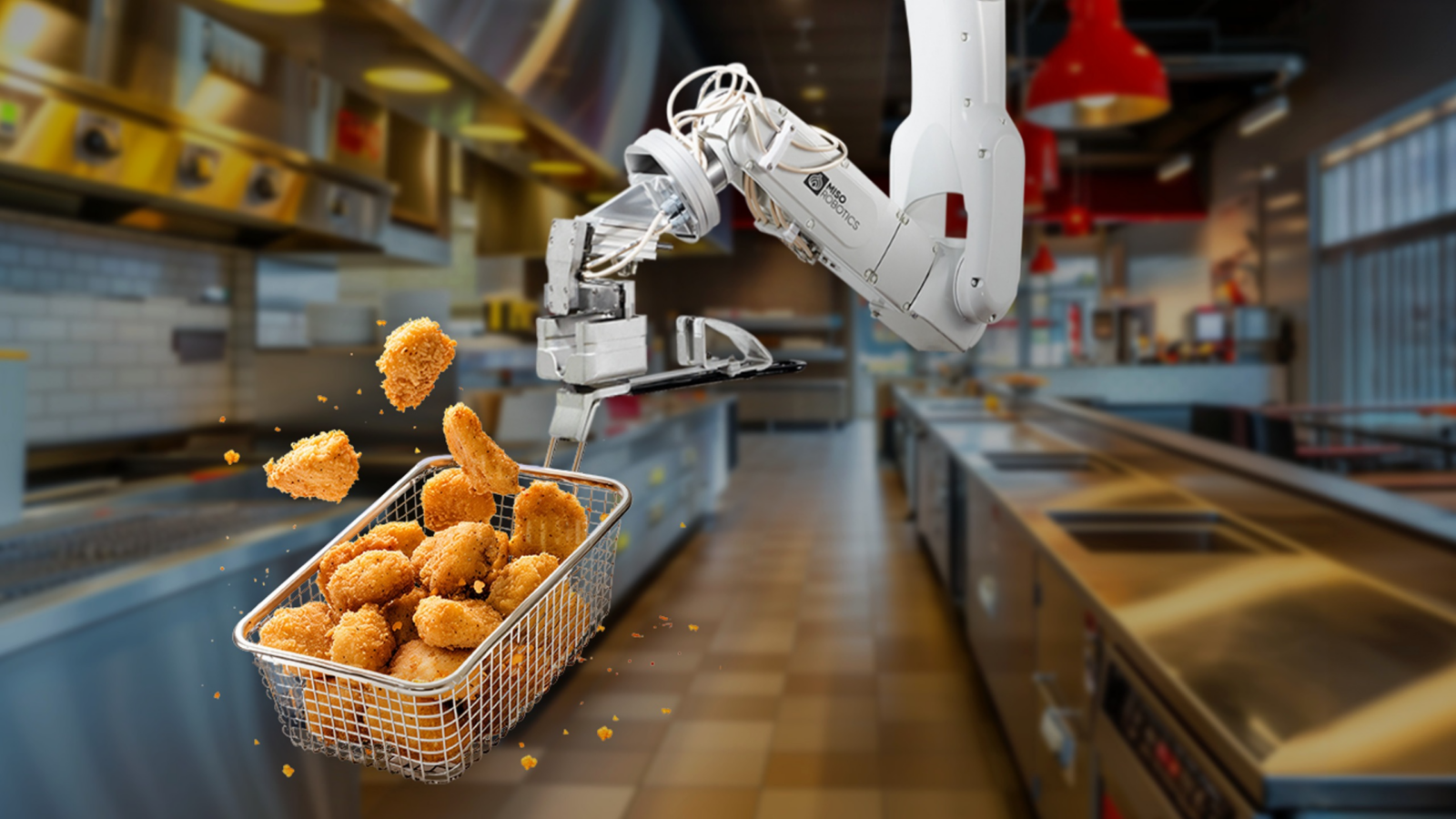Good morning.
Unfiltered Gitanes are part of France’s heritage, from Albert Camus to Serge Gainsbourg, who chain-smoked five packs a day. But now even the French are kicking the habit, which is a kick in the behind to the nation’s coffers.
On Monday, the French government said it expects to have €400 million ($433 million) less in tax income than expected this year because more French people have stopped smoking. If the Olympics crowds seem more ornery than usual this summer, chalk it up to nicotine withdrawal.
Central Banks in US, Japan, and the UK Prepare for Crucial Week

In these days of high interest rates, a single central bank meeting can produce a combination of anxiety and anticipation. This week, we have three of them.
Officials from the US Federal Reserve and the Bank of Japan will meet today and tomorrow, with any policy decisions coming Wednesday. On Thursday, it will be the Bank of England’s turn in the spotlight. Here’s where markets stand on each gathering.
A Tale of Three Countries
The conditions for a rate cut in the US are close. Even the Fed thinks so. Data released this month showed that while the US economy added slightly more jobs than expected in June, the labor market is cooling. The unemployment rate rose to 4.1%, up 0.1% from May and topping 4% for the first time in more than two years.
Inflation is down. The Consumer Price Index, which measures the change in prices for goods and services, fell to 3.0% in June from 3.3% in May, marking the second straight month of flat or declining prices. And the personal consumption expenditures price index rose less than 0.1% in June, according to data released Friday, while its 2.5% year-over-year increase is approaching the Fed’s 2% target.
As we said, the conditions are close, but we’re not there: Markets are pricing in just a 5% chance of a rate cut this week, according to the CME FedWatch Tool, but a 90% chance in September. Japan and Britain offer more suspenseful odds:
- The Bank of Japan, which ended eight years of negative interest in March, is expected to weigh another rate hike as officials look to bookend the days of deflation. Core inflation, which rose to 2.6% in June, has remained above the BoJ’s 2% target for more than two years — that has about a quarter of bond market participants surveyed by data provider Quick expecting a rate hike, while about a third of economists surveyed by Bloomberg concur.
- City economists in London are split about what the Bank of England will or won’t do Thursday. While headline inflation in the UK was 2% in June, and the slowest wage growth in roughly two years suggested a cooling labor market, services inflation was unexpectedly high at 5.7%. Markets are pricing a 40% chance of a rate cut, which could come down to a razor-thin 5-4 vote.
Currency Affairs: The Japanese yen, which fell to a 38-year low against the US dollar at the start of this month, has staged a feverish rally since July 11, rising 5% against the dollar amid hopes of a BoJ rate hike. Nick Twidale of ATFX Global Markets told The Japan Times that the BoJ would be a “party [pooper]” if it doesn’t tighten policy, which could reignite the carry trades that have weakened the currency.
Remember When Humans Did That?

Working the local burger joint’s fryer is tough – so much so that it’s getting harder and harder for fast food restaurants to staff their kitchens. In fact, ~3M jobs will go unfilled in the US alone.
Thankfully, “Miso Robotics has created some of the only restaurant-robot experiences that actually work.” That’s what Fast Company said in one of Miso’s back-to-back Most Innovative list inclusions.
It’s why brands like White Castle turned to Miso’s AI-powered robot, Flippy, to operate their fryers and boost their profits up to 4x.
Now Miso’s ready to scale. They’re even collaborating with NVIDIA.
To fuel their growth, Miso’s opened a funding round for investors to tap into the $1t fast food industry’s automation.
Check out Miso’s investment and bonus shares offering today.*
McDonald’s Made It Official: Consumers Have Reached Their Limit
The big red clown shoe has dropped.
McDonald’s published its second-quarter results on Monday, revealing that sales had fallen year-over-year for the first time since 2020, ticking down by 1%. McDonald’s warned in April that customers might be getting sick of price hikes. It was right — and it’s not just fast-food price hikes. Consumers are finally reaching the end of their rope.
I’m Hikin’ It
The last few years have been a white-knuckle inflation ride, but even accounting for the high overall inflation rates Jerome Powell has been trying to wrestle into submission, McDonald’s has been jacking up prices higher than the sodium content in a Big Mac. In late May, McDonald’s USA President Joe Erlinger pushed back on claims from both social media and the GOP that the average menu item was up more than 100% since 2019. Nonsense, said Erlinger: It’s only up 40%. For reference, the cumulative rate of inflation from 2019 to 2024 is 22.9%.
Now McDonald’s finally seems to be conceding that to keep people coming back, it will need to bring some value back down the chain:
- The fast-food behemoth launched a limited-time $5 meal deal at the end of June that was supposed to only last for one month; last week, McDonald’s extended the deal to run through August.
- The meal deal had a fairly instantaneous knock-on effect, with fast-food rivals including Burger King and Starbucks releasing their own deals.
MacroDonald’s: The Financial Times reported on Sunday that a growing number of companies and investors across a range of sectors have noticed the same thing: consumers don’t have it in them anymore. It’s not just in the US, either. Last week, European airline Ryanair warned that it was coming up against consumer resistance on price.
Energy Crisis Spurs Record Payout at Vitol Group
Everyone loses in war. Except maybe commodity traders.
Vitol Group, the world’s largest independent oil trader, has paid around a record $6.4 billion in share buybacks to its employee-owners after achieving bumper profits in the past couple of years, thanks in part to timely trades and the volatile war in Ukraine, according to company filings seen by Reuters. It’s not the only oil trader to make hay out of the international crisis.
Vitol Signs
The oil trading boomtime isn’t surprising. Russia’s invasion of Ukraine in 2022 elicited retaliatory sanctions on the country’s oil and gas by most Western nations, sending energy prices soaring across Europe. A year ago, the crisis allowed fellow trading giant Trafigura to split $3 billion in payouts to employees after scoring a record $5.5 billion in profit through the first six months of the year — a 108% increase from the year before.
Now it’s Vitol’s turn. The firm is owned by roughly 450 of its 1,700 employees, which means the per-employee payout comes in at around $14 million, though some top traders and executives may have scored even bigger checks. The payday highlights the once-in-a-generation frenzy the past few years have been for oil traders:
- According to audited company accounts seen by Bloomerg, Vitol scored $13.2 billion in profits last year. That’s down from $15.1 billion in 2022, but still good for around three times more than the company’s previous annual record.
- The top four oil traders — Vitol, Trafigura, Gunvor, and Mercuria Energy — collectively earned net profits of $50 billion in the past two years, compared to just $6.8 billion total in 2018 and 2019, per Bloomberg calculations.
Hot-or-Not Commodity: Oil traders may be popping champagne, but others across the commodities trading sector have faced a harrowing July as some of the hottest markets over the past 18 months rapidly cool off. For instance, copper futures — closely linked to semiconductor stocks — have fallen 6% in July. Meanwhile, soybeans, corn, and wheat futures have all dropped double-digits since May peaks. In a Gavekal Research note to clients seen by MarketWatch, co-founder Louis-Vincent Gave explained that prices of these once-hot commodities have “face-planted” after reaching “stupid” highs.
Extra Upside
- Artificial Flavoring: Apple releases a preview of its artificial intelligence for the iPhone operating system, Apple Intelligence.
- Succession: Loews CEO James Tisch is stepping down after nearly 25 years, and named his son as replacement.
- Invest in Fast Food’s Automation Leader. The future of fast food is automation. That’s why brands like White Castle use Miso Robotics. Invest in Miso alongside 36k+ people (and get up to 10% bonus stock).*
* Partner
Just For Fun
Disclaimer
*This is a paid advertisement for Miso Robotics’ Regulation A offering. Please read the offering circular at invest.misorobotics.com.

